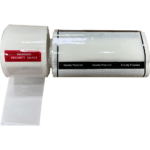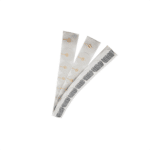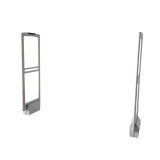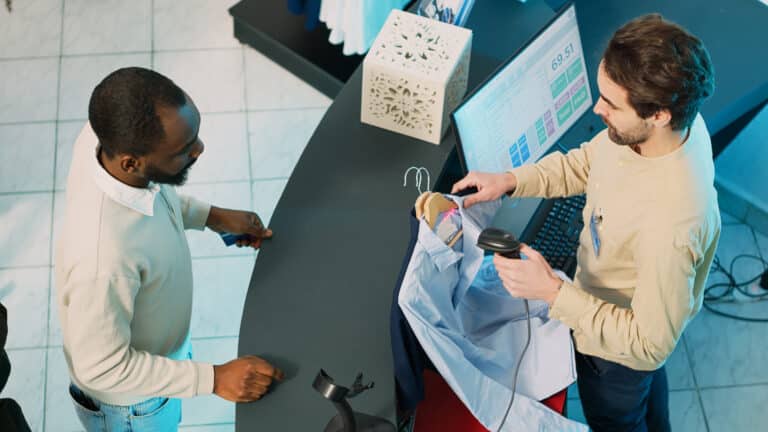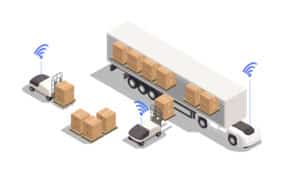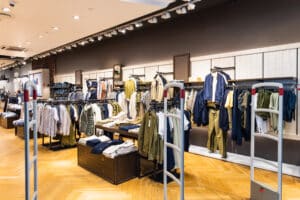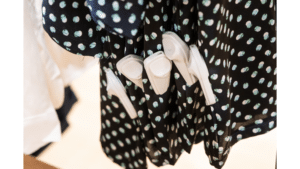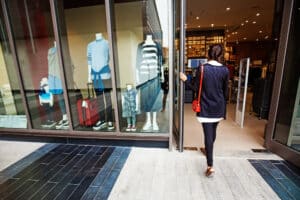Are you ready to safeguard your merchandise effectively? Whether you’re managing a boutique, a department store, or a retail shop, preventing theft is crucial. Retail anti-theft devices offer innovative solutions to address this challenge head-on. Continue reading to discover the best retail anti-theft devices and unlock enhanced security for your business today!
The importance of retail anti-theft devices
Effective retail anti-theft devices are essential for any business in the retail industry. They serve as a deterrent to potential thieves and help minimize the risk of theft. Investing in these devices not only protects your merchandise but also improves the overall shopping experience for your customers. Here are some key benefits of utilizing retail anti-theft devices:
- Prevention of theft: Retail anti-theft devices act as a visual deterrent, signaling to potential thieves that your store is equipped with security measures. This can help deter theft and reduce instances of shoplifting.
- Minimization of shrinkage: Shrinkage, which refers to losses from theft, employee fraud, and administrative errors, is a significant challenge for retailers. By implementing anti-theft devices, you can effectively minimize shrinkage and protect your profit margins.
- Enhanced customer experience: Customers want to feel safe and secure while browsing and making purchases in your store. By implementing retail anti-theft devices, you create a safer environment for your customers, which can improve their overall shopping experience and encourage repeat visits.
- Increase in employee productivity: With retail anti-theft devices in place, your employees can focus more on providing exceptional customer service rather than constantly monitoring for potential theft. This can lead to increased employee productivity and satisfaction.
- Cost-effectiveness: While retail anti-theft devices require an initial investment, they can save you money in the long run by reducing theft and minimizing losses. The cost of implementing these devices is often outweighed by the potential loss prevention benefits.

Types of retail anti-theft devices
Electronic article surveillance (EAS) systems:
EAS systems are a popular choice for retailers looking to prevent shoplifting. These systems consist of electronic tags or labels that are attached to merchandise and detectable by sensors placed at store entrances and exits. When a tagged item passes through the sensor, an alarm is triggered, alerting store staff to the potential theft.
Security cameras:
Security cameras are a fundamental component of any retail security system. They act as both a deterrent and a tool for surveillance. By strategically placing cameras throughout your store, you can monitor activity and identify potential theft or suspicious behavior. Modern security camera systems are equipped with features such as facial recognition and remote access, enhancing their effectiveness.
RFID (Radio frequency identification) technology:
RFID technology utilizes wireless communication to track and identify tagged items. By implementing RFID tags on your merchandise, you can easily track inventory, reduce theft, and improve overall store efficiency. RFID technology can also integrate with other retail systems, such as point-of-sale (POS) and inventory management systems.
Gated locking systems:
Gated locking systems are an effective way to secure high-value merchandise or items that require additional protection. These systems consist of display cases or cabinets equipped with locked gates or doors. Customers can view the merchandise, but access is restricted unless assisted by store staff.
Ink tags and spider wraps:
Ink tags and spider wraps are physical anti-theft devices that are attached to merchandise. Ink tags contain ink capsules that release ink when forcibly removed, damaging the item and making it unsellable. Spider wraps are reusable cables that wrap around items, preventing easy removal. Both of these devices act as a deterrent and make it more challenging for shoplifters to steal.
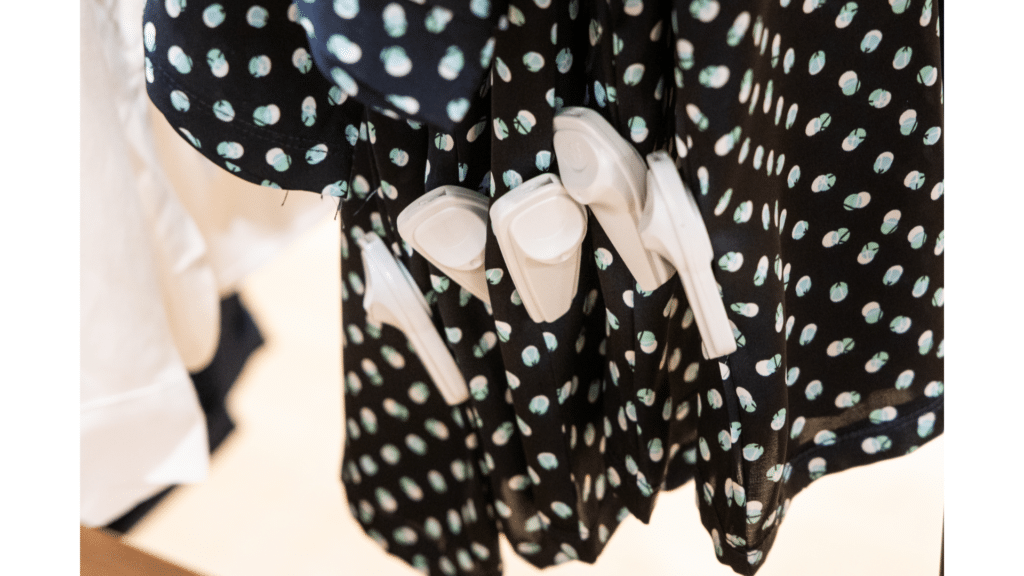
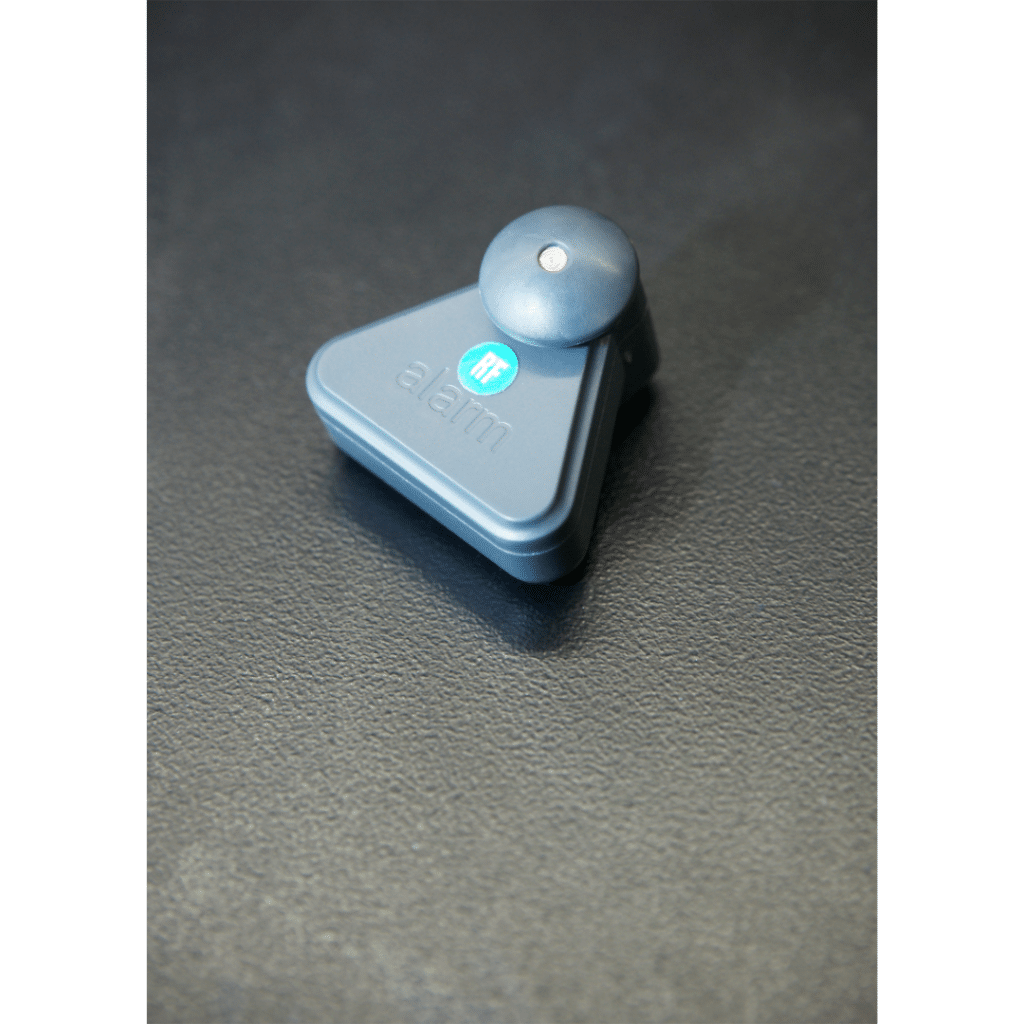
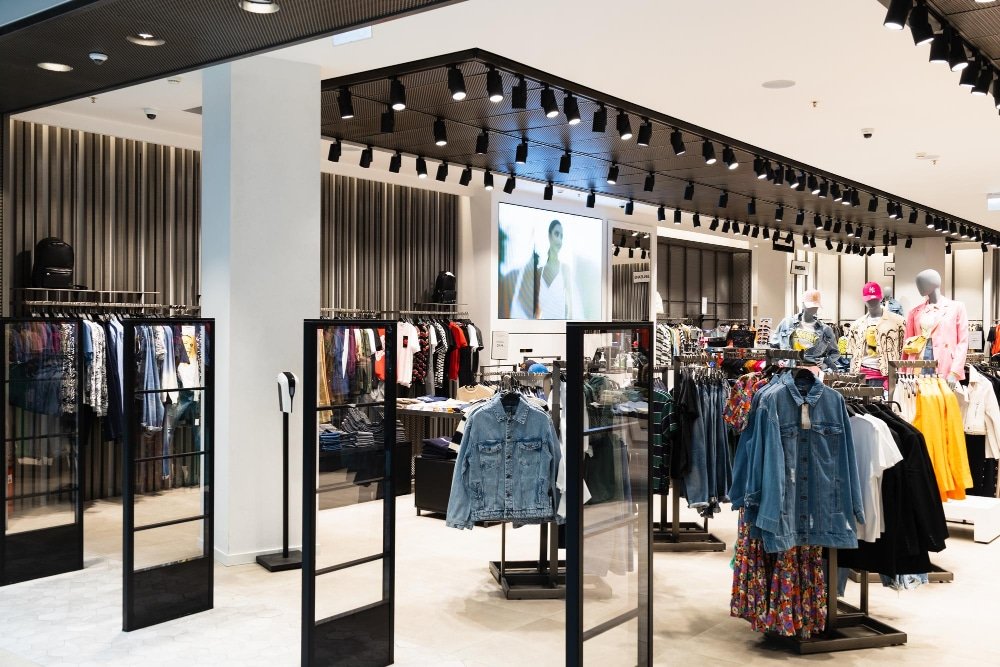
Factors to consider when choosing retail anti-theft devices
When selecting retail anti-theft devices for your business, it’s important to consider various factors to ensure you choose the most suitable options. Here are some key factors to keep in mind:
- Merchandise type: Different types of merchandise require different levels of security. Consider the nature of your merchandise, its value, and its vulnerability to theft when selecting anti-theft devices.
- Store layout: The layout of your store plays a crucial role in determining the type and placement of anti-theft devices. Consider the size, shelving configuration, and high-risk areas within your store to effectively determine the best options.
- Integration with existing systems: If you already have security systems or retail technology in place, ensure that your chosen anti-theft devices can integrate seamlessly with those systems. This will allow for more efficient monitoring and management.
- Usability and ease of implementation: Consider the ease of use and implementation of the anti-theft devices. Training your staff on how to operate and maintain these devices should be relatively simple.
- Scalability and future needs: Ensure that the chosen anti-theft devices can accommodate the future growth and needs of your business. Scalability is essential as your store expands and your merchandise evolves.
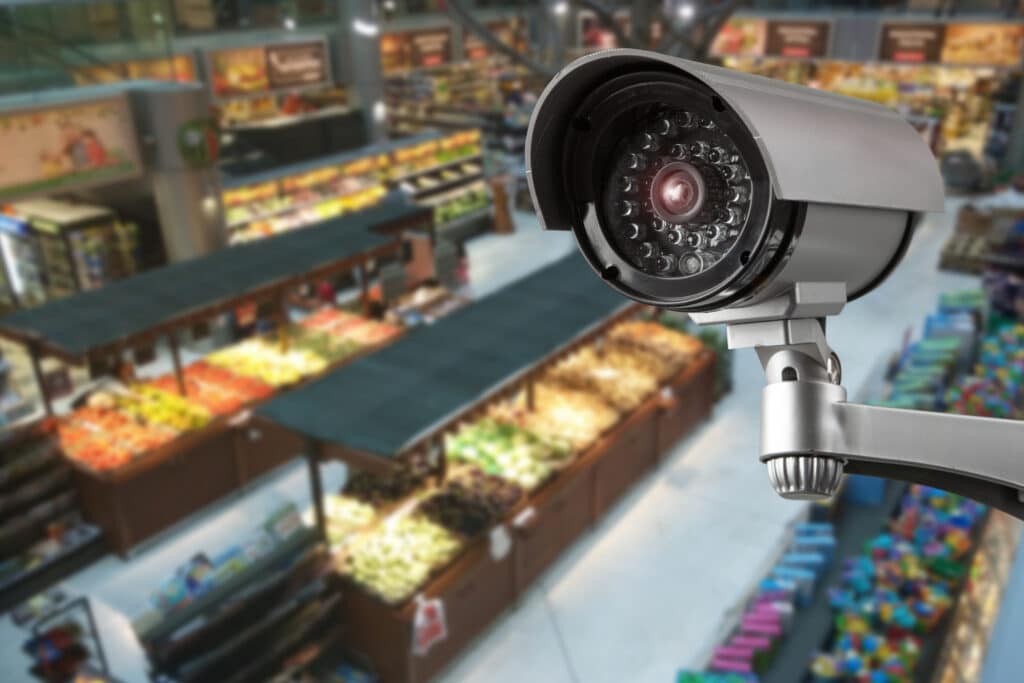
Conclusion
Investing in retail anti-theft devices is an essential step toward protecting your merchandise, reducing theft, and enhancing the overall security of your retail business. By utilizing these innovative solutions, you can create a safer environment for your customers, boost employee productivity, and reduce potential losses. Consider the different options available, assess your specific needs, and choose the best retail anti-theft devices that align with your business goals. Remember, ensuring the security and protection of your merchandise is an investment that pays off in the long run.
FAQs
1. What are the anti-theft systems in supermarkets?
In supermarkets, anti-theft systems primarily consist of electronic article surveillance (EAS) systems, which include security gates at store entrances and exits. These gates are equipped with antennas that detect EAS tags or labels attached to merchandise. Additionally, closed-circuit television (CCTV) cameras are strategically positioned throughout the store to monitor and deter theft. Some supermarkets also utilize RFID tags for inventory management and tracking, further enhancing security measures against shoplifting and theft.
2. How does an anti-theft system work in retail stores?
Anti-theft systems in stores employ small security tags or labels attached to merchandise alongside detection antennas at store exits. These antennas can detect when a tag passes through, triggering an alarm if an active tag is detected. The alarm alerts store personnel to potential theft, allowing them to take appropriate action to prevent loss.
3. What are the benefits of using retail anti-theft devices?
Retail anti-theft devices help protect merchandise from theft, reduce shrinkage, and improve overall security in retail establishments. By deterring theft and preventing losses, they contribute to increased profitability and a safer shopping environment for customers.
4. How can I choose the right retail anti-theft devices for my store?
When selecting retail anti-theft devices, consider factors such as the type of merchandise you sell, the layout of your store, and your budget. Additionally, assess the effectiveness and ease of use of different anti-theft solutions to find the best fit for your specific needs.


